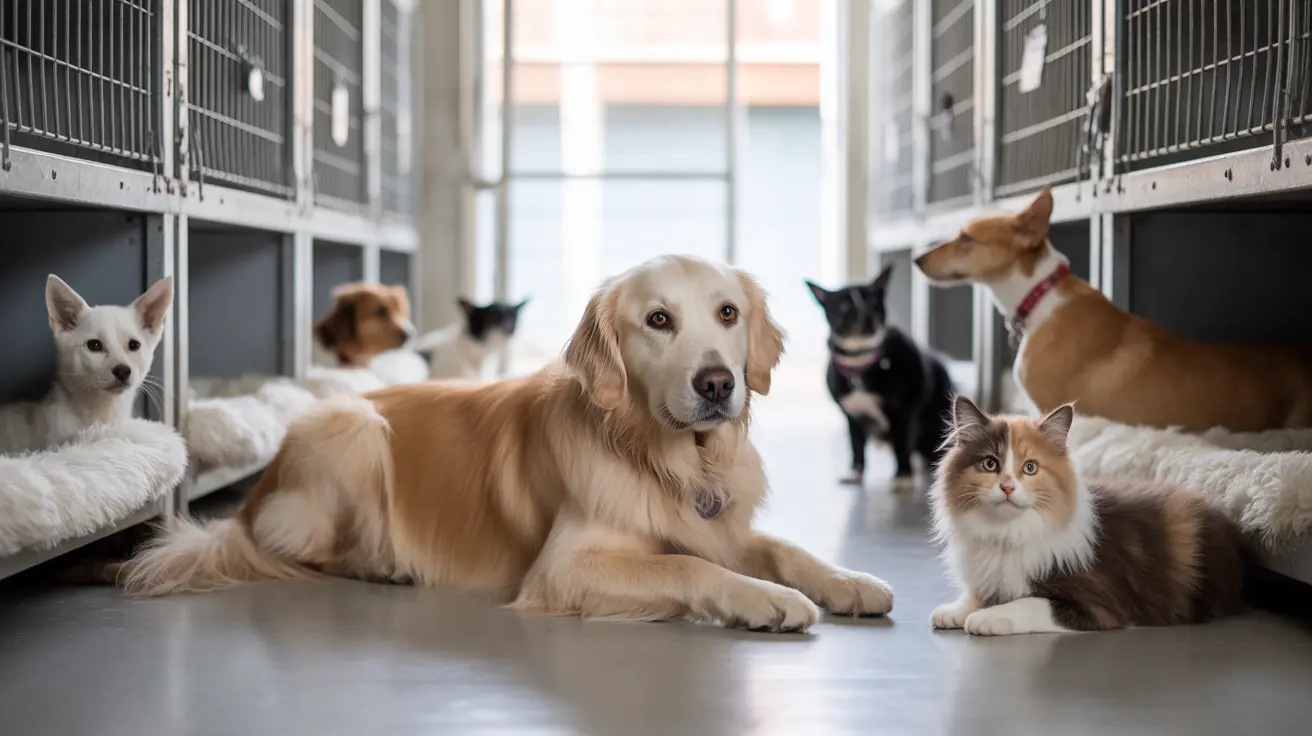Understanding Your Bernedoodle's Personality
Bernedoodles inherit traits from both parent breeds, resulting in a clever, affectionate, and sometimes independent personality. Their high intelligence makes them quick learners, but their sensitivity requires a gentle, positive approach to training.
These dogs thrive on human interaction and respond best to reward-based training methods. Understanding this foundation is crucial for successful training outcomes.
Essential Training Foundations
Early Socialization
Begin socializing your Bernedoodle as early as 8 weeks old. Expose them to various people, environments, sounds, and experiences. This early exposure helps prevent fear-based behaviors and builds confidence.
Positive Reinforcement Techniques
Use treats, praise, and toys to reward desired behaviors. Bernedoodles are particularly food-motivated, making treats an excellent training tool. Always maintain an upbeat, encouraging tone during training sessions.
Basic Obedience Training
Starting with Core Commands
Begin with fundamental commands like "sit," "stay," "come," and "down." Keep training sessions short (5-10 minutes) but frequent throughout the day. Always end on a positive note to maintain enthusiasm.
Leash Training Essentials
Start leash training indoors where there are fewer distractions. Teach your Bernedoodle to walk beside you using positive reinforcement. Gradually progress to more challenging environments as their skills improve.
House Training Your Bernedoodle
Establish a consistent routine for potty breaks, especially after meals, naps, and play sessions. Use a designated outdoor spot and reward successful eliminations immediately. Patience and consistency are key during this phase.
Crate Training Basics
Introduce the crate as a safe, comfortable space. Never use it for punishment. Start with short periods and gradually increase duration as your dog becomes comfortable. Make the crate inviting with appropriate toys and bedding.
Advanced Training Techniques
Once your Bernedoodle masters basic commands, progress to more complex training. This might include agility work, advanced tricks, or therapy dog training. Their intelligence makes them excellent candidates for various dog sports and activities.
Managing Common Challenges
Address common issues like stubbornness or excessive energy through consistent training and adequate exercise. Redirect unwanted behaviors and always reinforce positive alternatives. Remember that patience and persistence are essential when working through challenges.
Frequently Asked Questions
How do I effectively potty train my Bernedoodle using positive reinforcement?
Establish a consistent schedule, use verbal cues, and immediately reward successful outdoor eliminations. Clean accidents thoroughly and avoid punishment, as it can create anxiety around potty training.
What are the best techniques for crate training a Bernedoodle puppy?
Introduce the crate gradually, make it comfortable, and use positive associations. Feed meals near the crate, provide treats inside, and never force your puppy to enter. Start with short periods and slowly increase duration.
How can I manage and overcome stubbornness during Bernedoodle training?
Remain patient and consistent with commands. Use high-value treats for motivation, keep sessions engaging, and avoid power struggles. Break training into smaller, manageable steps.
What basic obedience commands should I teach my Bernedoodle first, and how?
Start with "sit," "stay," "come," and "down." Use treat luring techniques and clear verbal cues. Practice in low-distraction environments before progressing to more challenging situations.
How do I socialize my Bernedoodle puppy to prevent fearfulness and behavior issues?
Expose your puppy to various people, animals, environments, and situations during their critical socialization period (8-16 weeks). Make experiences positive and never force interactions. Puppy classes can provide structured socialization opportunities.
Conclusion
Successfully training a Bernedoodle requires patience, consistency, and positive reinforcement. By understanding their unique characteristics and following these guidelines, you'll develop a strong bond with your dog while establishing good behavior patterns that last a lifetime.






